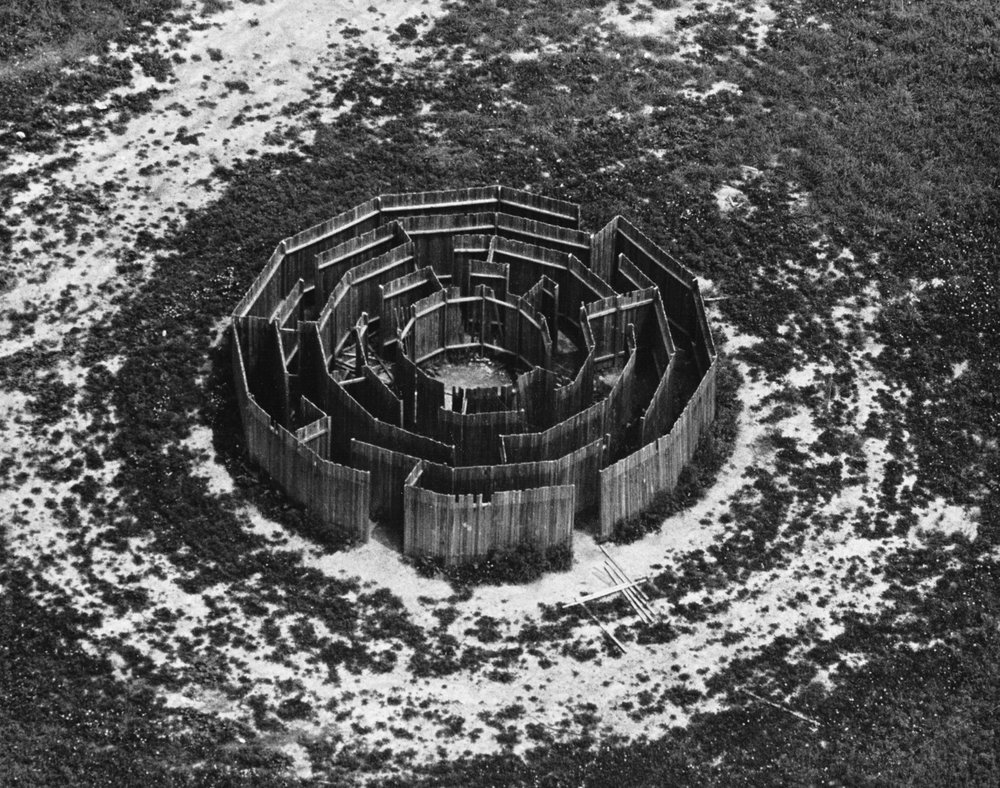created, $=dv.current().file.ctime & modified, =this.modified
tags:art
Modernity - An Incomplete project
The word “modern” was used in 5th century to distinguish the present (Christian) for its past (Pagan, Roman)
Modernity then unfolded into various avant-garde movements, and finally reached climax at Cafe Voltaire of the dadaists and in surrealism. The avant-garde understands itself as invading unknown territory, exposing itself to the dangers of sudden, shocking encounters, conquering a yet unoccupied future.
Modernism is dominant but dead. The impulse of modernity , we are told is exhausted. anyone who considers himself a-g is can read his own death warrant. Although a-g is considered expanding, it is no longer creative.
Adorno:
It is now taken for granted that nothing which concerns art can be taken for grants any more; neither art itself, nor art in relationship to the whole, nor even the right of art to exist.
Towards a Critical Regionalism - six points for an architecture of resistance
The phenomenon of universalization, while being an advancement of mankind, at the same time constitutes a sort of subtle destruction, not only of traditional cultures which might not be an irreparable wrong, but also of what I shall call for the time being the creative nucleus of great cultures, that nucleus on the basis of which we interpret life, what I shall call in advance the ethical and mythical nucleus of mankind.
everywhere throughout the world, one finds the same bad movie, the same slot machines, the same plastic or aluminum atrocities
On avant-garde:
A-G culture has assumed different roles, at times facilitating the process of modernization, and thereby acting, in part as a progressive liberative form, at times being virulently opposed to the positivism of bourgeois culture.
Sculpture in the Expanded Field - Rosalind Krauss
not-landscape + not-architecture = sculpture
Alice Aycock Maze

similarly a combination of landscape and not-landscape began to be explored. The term marked sites is used to identify these - might use impermanent marks, or through the use of photography.
On the Museum’s Ruins
The german word museal has unpleasant overtones. It describes objects to which the observer no longer has a vital relationship with and are in the process of dying. They owe their preservation more to historical respect than to the needs of the present. Museum and mausoleum are connected by more than phonetic association. Museums are the family sepulchres of works of art.
musée imaginaire - museum without walls.
misunderstanding - ‘any work of art that can be photographed’ (and argues that the whole concept collapses once photographs themselves come to be considered as museum objects), while others suggest that Malraux wanted to dispense with art museums altogether and replace them with reproductions.’
it is:
the musée imaginaire is not simply a collection of ‘any work of art that can be photographed’. It is each person’s ideal collection of works – the works he or she most admires – drawn today from our vast ‘universal world of art’. It is an imagined collection of artistic treasures, whether encountered in bricks-and-mortar museums, on television, in art books, or in the internet’s ‘virtual museums’. It does not ‘replace’ the art museum; it does not replace anything. It is simply a key element of our expanded experience of art from around the globe.
Consumer Society
Pastiche and Parody - both involve the imitation, or better still, the mimicry of other styles particularly of the mannerisms and stylistic twitches of other styles. Parody capitalizes on the uniqueness of these styles and seizes on their idiosyncrasies and eccentricities that mocks the original. Pastiche exists with mimicry, but without the satirical impulse.
Baudrillard Ecstasy of Communication
The real itself appears as a large useless body.
This is the time of miniaturization, telecommand and microprocession of times, bodies, pleasures. There is no longer any ideal principle for these things at a higher level, on a human scale. What remains are only concentrated effects, miniaturized and immediately available… The countryside, the immense geographic countryside, seems to be a deserted body whose expanse and dimensions appear arbitrary (which is is boring to cross even if one leaves the main highways) as soon as all events are epitomized in the towns, themselves undergoing reduction to a few miniaturized highlights. And time: what can be said about this immense free time we are left with, a dimension henceforth useless in its unfolding, as soon as the instanteity of communication has miniaturized our exchanges into a succession of instants.
The public space disappears contemporaneously with the private space. The one is no longer a spectacle, the other no longer a secret.
We are no longer a part of the drama of alienation; we live in the ecstasy of communication.